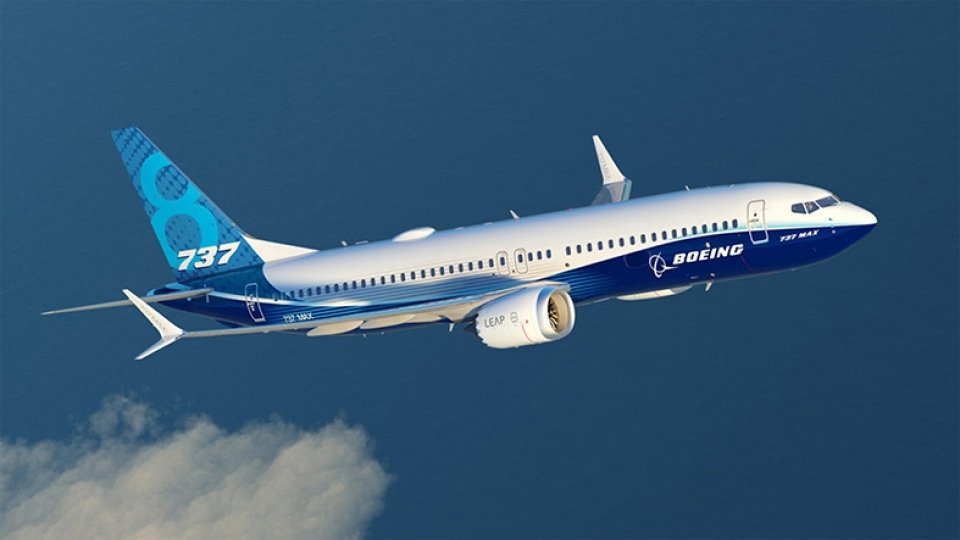The directive requires operators to conduct repetitive tests of the switches and replace them if needed. This requirement applies to 2,502 aircraft registered in the United States and 9,315 aircraft worldwide, after an operator reported last September that both pressure switches failed in post functional testing on three different Boeing 737 models.
The FAA said failure of the switches could result in the cabin altitude warning system not activating if the cabin altitude exceeds 10,000 feet (3,050 m). Meanwhile, passengers and crew on board the plane can be in danger because the thin air leads to low oxygen levels in the blood. Airplane cabins are pressurized to the equivalent of not more than 8,000 feet (2438 m).

Boeing supports the FAA’s directive to mandate inspection intervals that the FAA issued to fleets in June. The FAA directive does not report any errors in-flight of the switches.
The FAA said tests must be conducted within 2,000 flight hours since the last test of the cabin altitude pressure switches, before airplanes have flown 2,000 hours, or within 90 days of the directive’s effective date.
Boeing initially conducted a comprehensive test, including the expected failure rates of the switches, and found it did not pose any dangerous problems. However, subsequent investigation and analysis led the FAA and Boeing to re-determine in May that “the failure rate of both switches was much higher than originally estimated and therefore sets flying safety issues.”
Boeing declined to say what the failure rate was. The FAA added that it does not yet have enough information to determine what caused the unexpectedly high failure rate.
Due to the importance of functions provided by the switch, the FAA in 2012 mandated all Boeing 737 airplanes utilize two switches to provide redundancy in case of one switch’s failure.
Further information that the Boeing 787 is the leading aircraft in the wide-body segment of the market, in which Boeing has the upper hand over rival Airbus. The Boeing 787 is made of composite materials that are lighter than aluminum, making this aircraft particularly fuel-efficient. Since it was officially put into service in 2012, Boeing has delivered nearly 1,000 787 Dreamliners to 69 different airlines worldwide.
Van Anh













